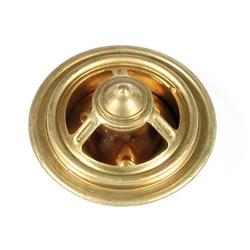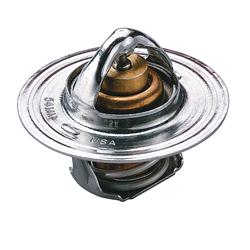CurtDawg510
Well-Known Member
Ok, took her for another test run... Its about 60-65 deg (guessing) nice cool night
Every one wants to race me! Got in to it with a 392 srt8 charger, then a street bike... Lil ****** was liftin his front wheel and layin on the gas tank!!... And a quick 40-70 i had that 392! Blew my mind! This 360 is way better then the lil baby 318! (Pretty sure its broken in now) lol.... Im around 600miles fresh on the 3rd oil change (not including break in)
Anyways off track... It was cold out and was only gettin to about 180-190 goin about 50mph (2500ish)... Poped the hood, every thing looks good temp wise 190 goin in at the top, about 155-160 goin in from the bottom... Water pump is about 170 deg... I thought it wud b more around 155-160 area...
Kept cruzin... Took it on the highway for about 10 miles mayb goin about 60 mph (2800-2900rpm) i got a small tach... Jumped on highway around 180 deg, turned fans off and cruzed steady 60ish, all flat.... Temp went up to 200 fairly quick (within 3-4min) then slowly kept creepin up to about 215-220 when i got off the highway...
Pulled over and temps were 220 at top hose, about 185 at bottom hose, and pump at about 200-205.... So its not moveing water right??
I squeezed lower hose, this firm, and full of pressure, but u can feel the spring..
So i pop the rad cap (its got that lever on top)... Reved it up to 3000-3500, water is moveing in their! Lil white caps and all, and it all stayed inside.... So the radiator flows good... Im thinking my water pump sux, and it jus swirls water around behind the impeller, and create air bubbles that make steam pockets...
Lower hose has a good spring in it, no signs of collapsing under high revs...when i was revvin it up (from 3000 to 4000rpm) i was feeling around the lower hose, u cud feel it sucking but it wasnt sucking the hose to the spring... I dunno if that matters...
And my extra coolers in front... Tranny cooler hardly breaks 110 deg goin in and 80 deg goin out (cooler was 80 deg), and oil was about 150 in and 130 goin out (cooler was about 130deg).... So its not really giving the radiator hot air....
I think i might get a good water pump with a plate on the impellers to prevent cavitation... Thats the only thing i can think of...
Any more ideas??
Every one wants to race me! Got in to it with a 392 srt8 charger, then a street bike... Lil ****** was liftin his front wheel and layin on the gas tank!!... And a quick 40-70 i had that 392! Blew my mind! This 360 is way better then the lil baby 318! (Pretty sure its broken in now) lol.... Im around 600miles fresh on the 3rd oil change (not including break in)
Anyways off track... It was cold out and was only gettin to about 180-190 goin about 50mph (2500ish)... Poped the hood, every thing looks good temp wise 190 goin in at the top, about 155-160 goin in from the bottom... Water pump is about 170 deg... I thought it wud b more around 155-160 area...
Kept cruzin... Took it on the highway for about 10 miles mayb goin about 60 mph (2800-2900rpm) i got a small tach... Jumped on highway around 180 deg, turned fans off and cruzed steady 60ish, all flat.... Temp went up to 200 fairly quick (within 3-4min) then slowly kept creepin up to about 215-220 when i got off the highway...
Pulled over and temps were 220 at top hose, about 185 at bottom hose, and pump at about 200-205.... So its not moveing water right??
I squeezed lower hose, this firm, and full of pressure, but u can feel the spring..
So i pop the rad cap (its got that lever on top)... Reved it up to 3000-3500, water is moveing in their! Lil white caps and all, and it all stayed inside.... So the radiator flows good... Im thinking my water pump sux, and it jus swirls water around behind the impeller, and create air bubbles that make steam pockets...
Lower hose has a good spring in it, no signs of collapsing under high revs...when i was revvin it up (from 3000 to 4000rpm) i was feeling around the lower hose, u cud feel it sucking but it wasnt sucking the hose to the spring... I dunno if that matters...
And my extra coolers in front... Tranny cooler hardly breaks 110 deg goin in and 80 deg goin out (cooler was 80 deg), and oil was about 150 in and 130 goin out (cooler was about 130deg).... So its not really giving the radiator hot air....
I think i might get a good water pump with a plate on the impellers to prevent cavitation... Thats the only thing i can think of...
Any more ideas??


















